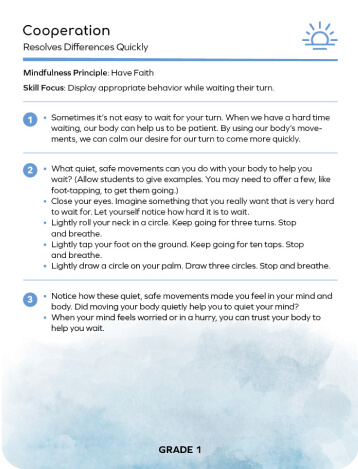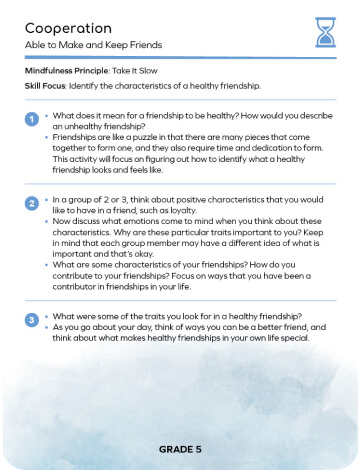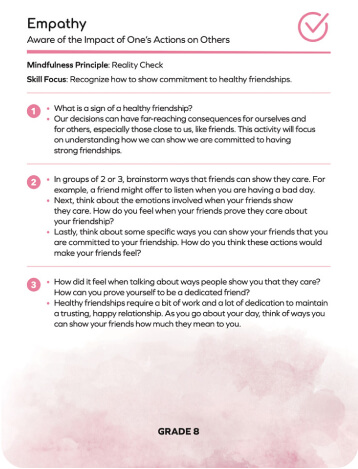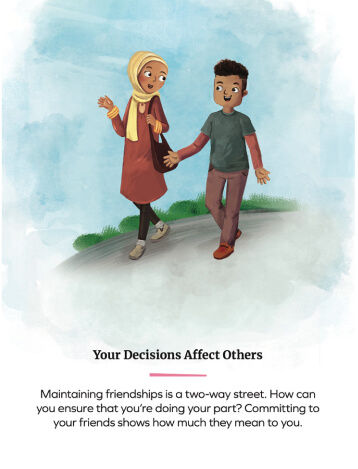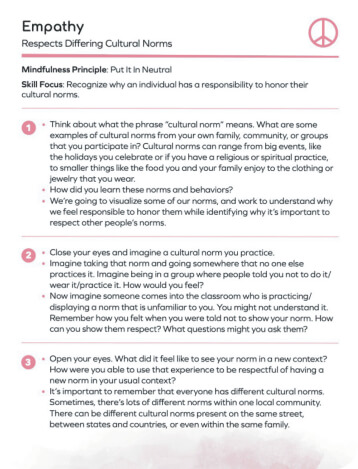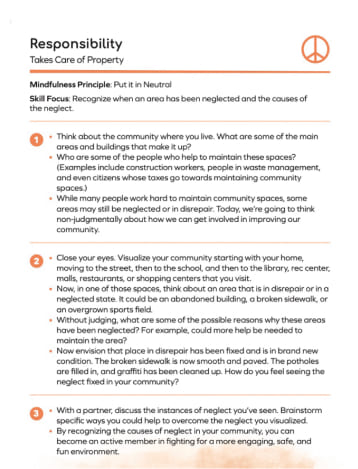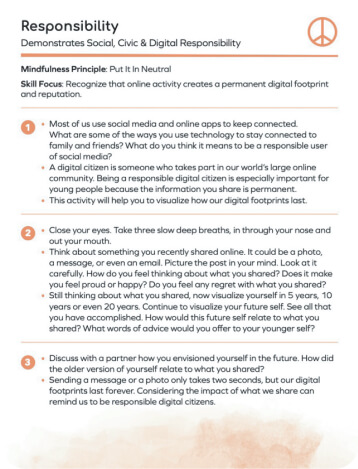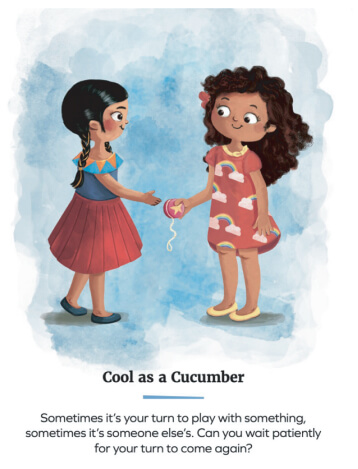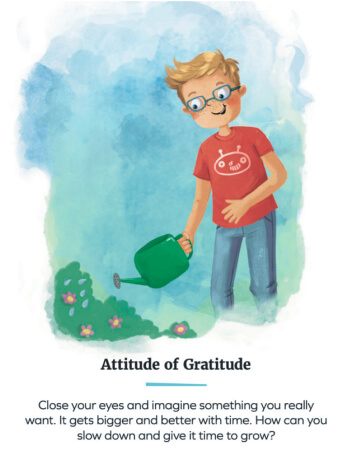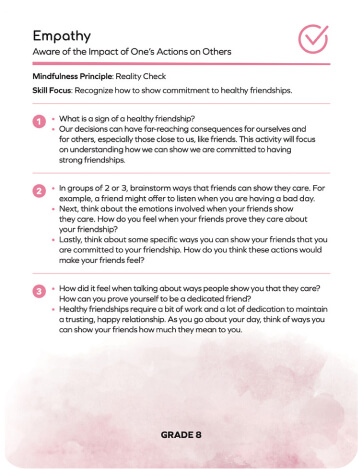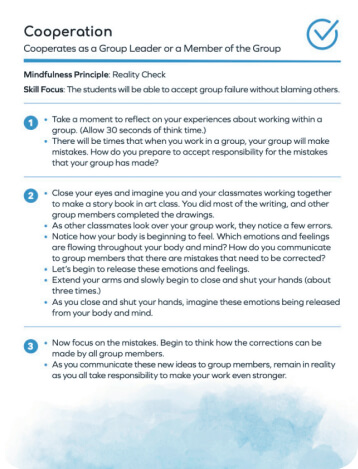

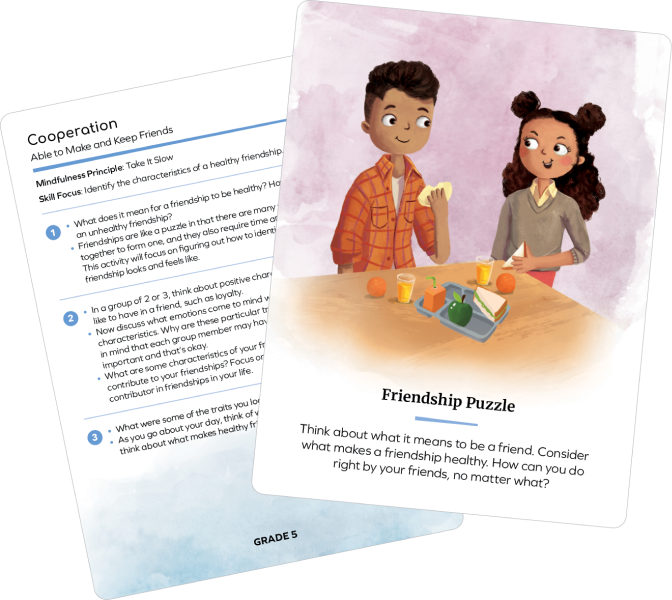
School-based mindfulness serves as a proactive discipline strategy that increases students’ self-control and self-awareness while regulating emotions and reducing stress or anxiety.
This allows classroom communities to foster a more emotionally positive climate for both learners and teachers!
Mindfulness aims to cultivate an attitude of acceptance and an understanding that emotions are neither positive nor negative—but rather natural experiences that can be met without judgment or suppression.

Mindfulness provides students with strategies to identify, name, and manage emotions and the expression of emotions to remain in control and on a successful trajectory.
Mindfulness reduces anxiety, stress, and burnout for both students and teachers (Jennings, Lantieri, Roeser 2012), which can improve academic and behavioral outcomes. It also improves attention, concentration, and resilience while decreasing the frequency of undesirable behaviors (Mulhearn, Kulinna, Lorenz 2017) so students can remain focused on learning.
Mindfulness builds the understanding that emotions are natural biological processes that are neither positive nor negative, but are neutral experiences. Mindfulness helps students become acquainted with our eight basic emotions, which were articulated by psychologist Robert Plutchik. The eight basic emotions are: anger, joy, trust, sadness, disgust, surprise, anticipation, and fear.
The Mindful Student is a K – 8 school-based mindfulness program that can be used to promote proactive discipline within the classroom. It is designed to assist students with building the skills needed for self-awareness, self-regulation, and self-discipline through the use of research-based tools and strategies. The Mindful Student comes in a grade-level set that includes 20 developmentally appropriate mindfulness lesson cards aligned to the C.A.R.E.S. social and emotional competencies and standards. Each Mindful Student lesson is also aligned to one of the seven Fly Five mindfulness principles.
The lessons offer learners’ tools for recognizing and managing intense emotions, including but not limited to:
With consistent practice, mindfulness strategies help students maintain self-control in the moment and remain on a successful trajectory.
The Mindful Student activities focus on one of the seven Fly Five Mindfulness Principles. These principles highlight simple practices that students and teachers can incorporate into their daily routine. They remind us to stay present, aware, and in control of our emotions, which helps us maintain perspective and balance in any situation.
Activities to foster students’ mindfulness practice and linked to the lesson objectives.
Mindfulness aims to cultivate an attitude of acceptance and fosters an understanding that emotions are neither positive nor negative but rather natural experiences that can be met without judgment or suppression.
